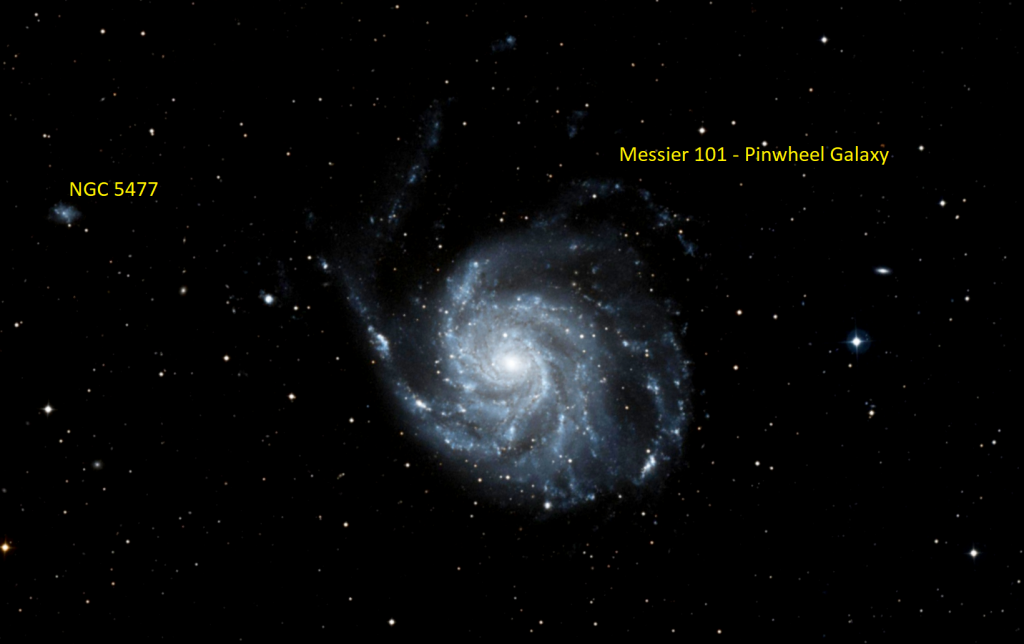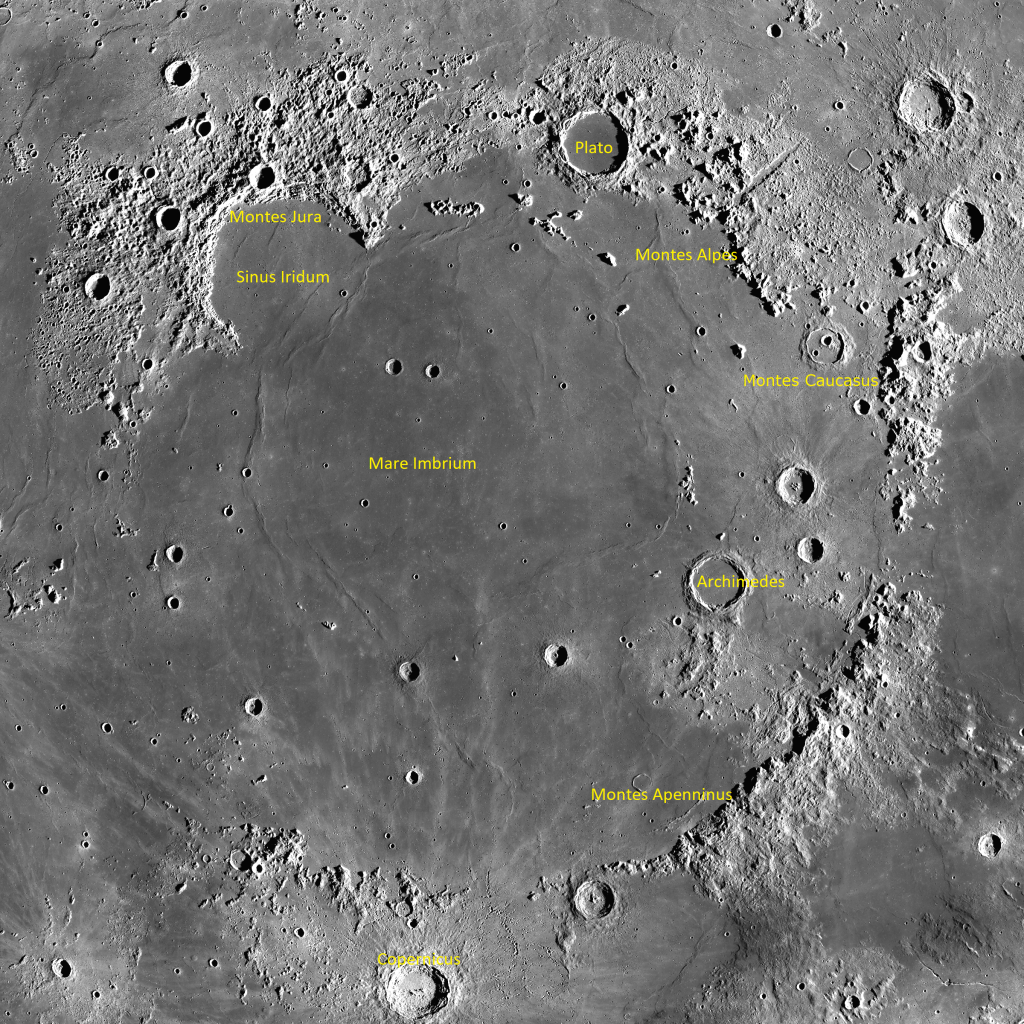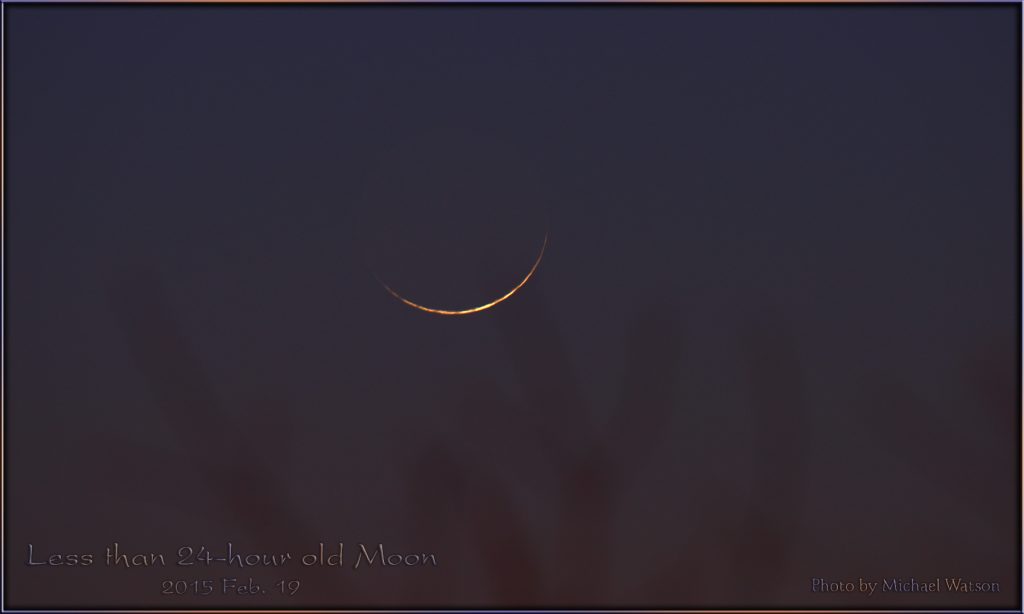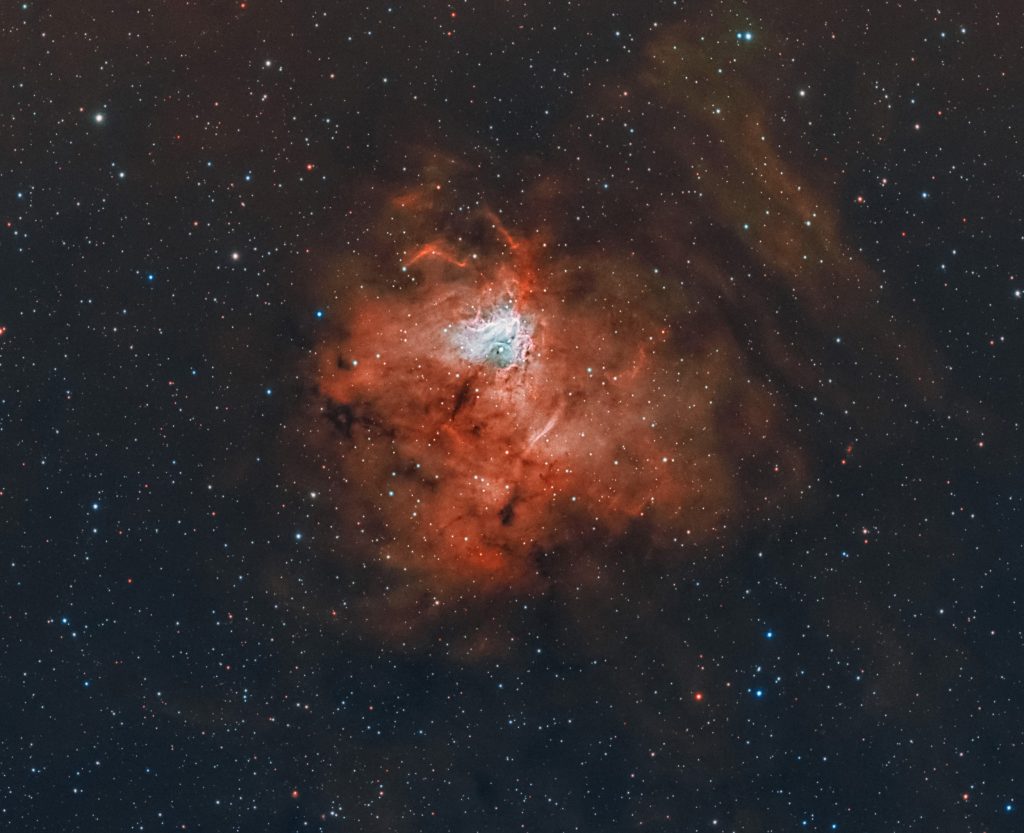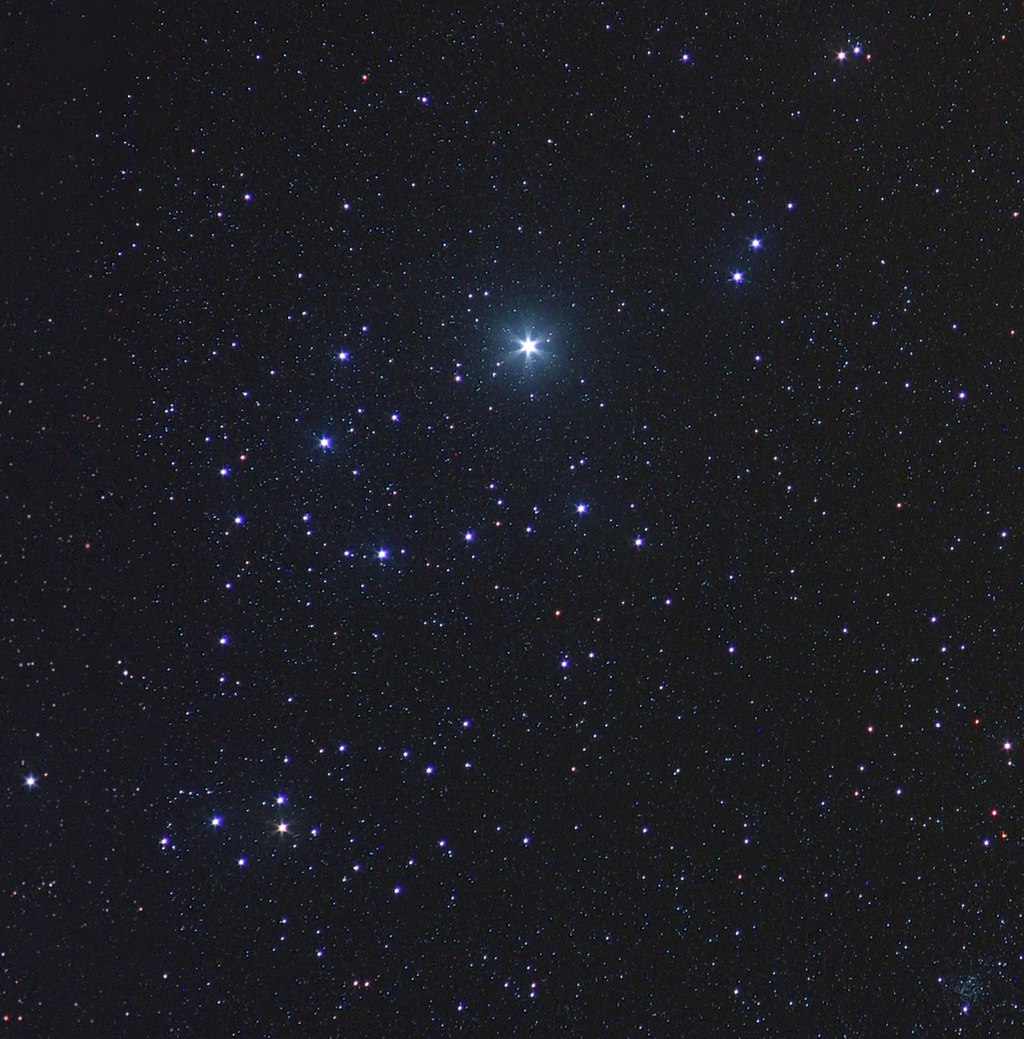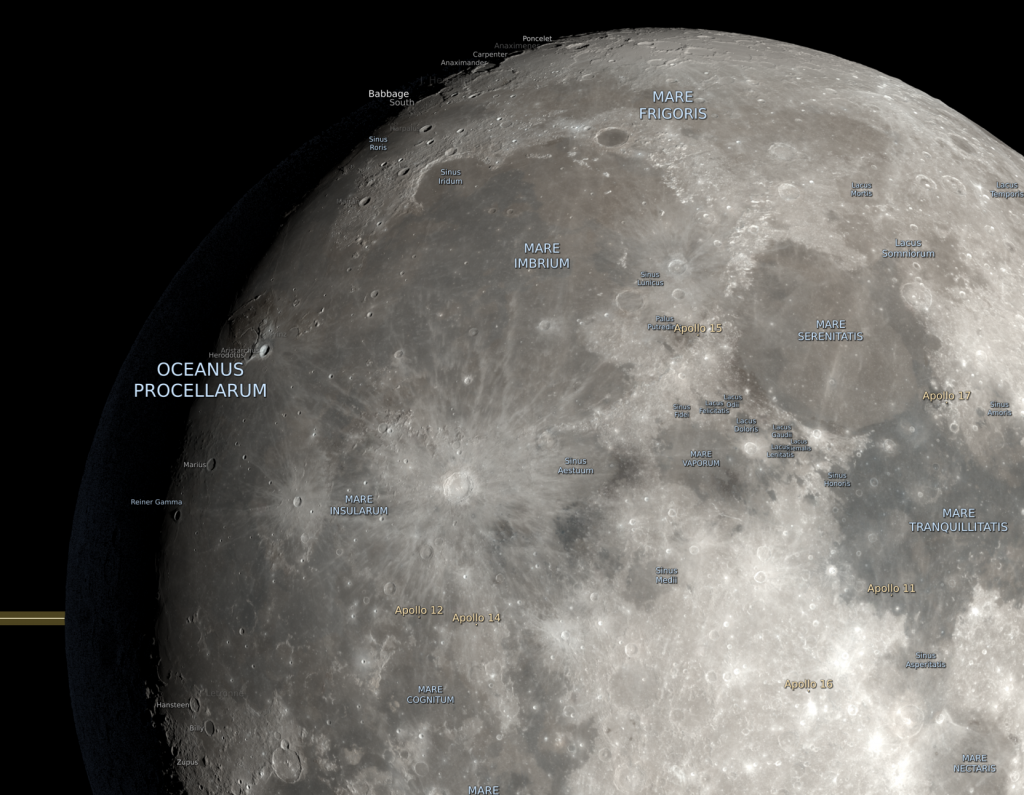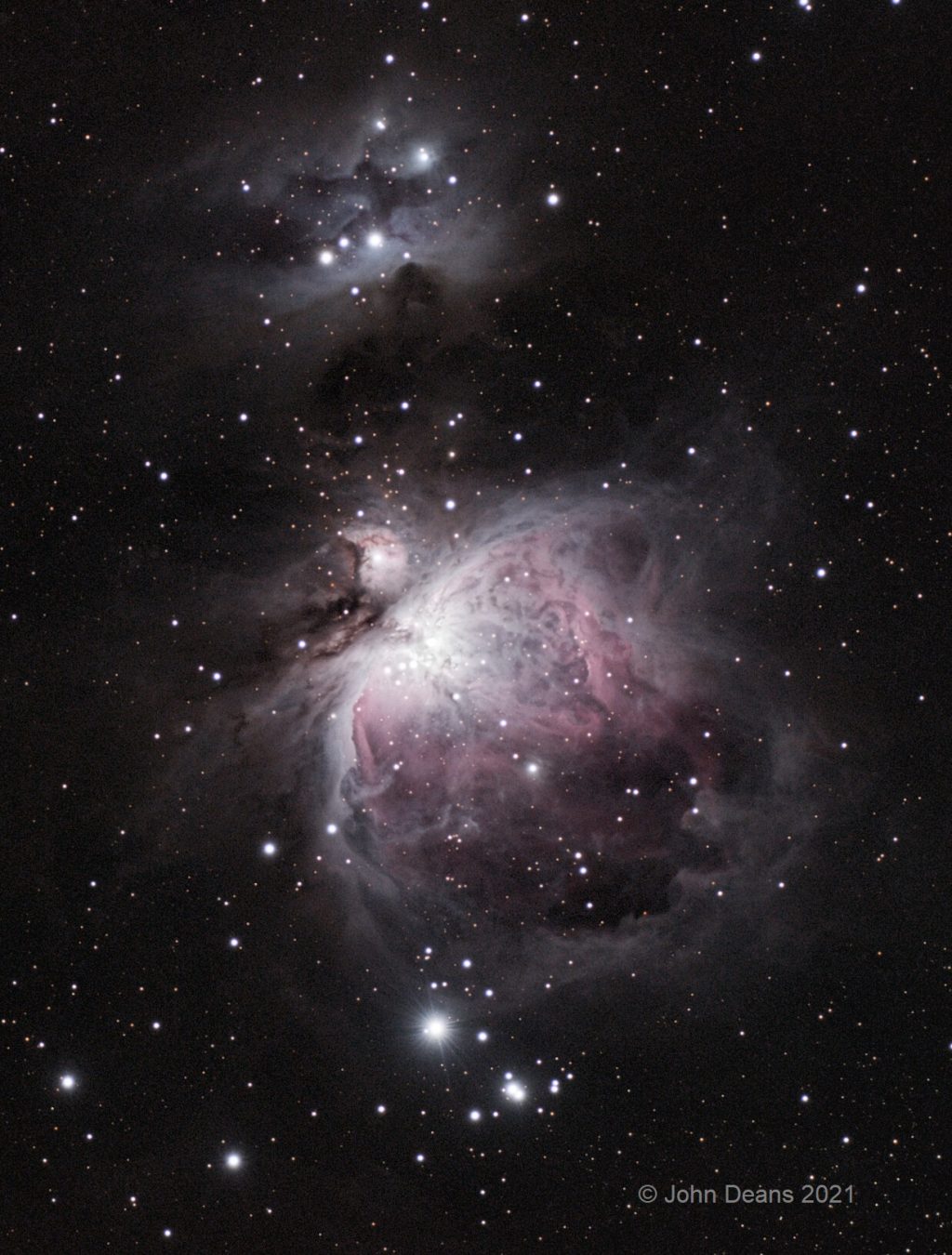Lyrids Lights, Galaxies Glow Brighter as the Bright Moon Exits Evening, Mercury Moves Up, Pre-dawn Planets on Parade!
The glorious face-on spiral galaxy Messier 101, also known as the Pinwheel Galaxy, is located near the bright star Alkaid, at the tip of the Big Dipper’s handle. Visible even in binoculars, it is nearly overhead on April evenings. (Deep Sky Survey image from Stellarium) Hello, mid-April Stargazers! Here are your Astronomy Skylights for the…
Read more
